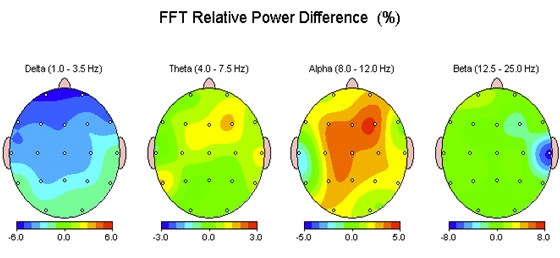TREATING MOOD CONDITIONS
Treat Anxiety, Depression, and Insomnia with the Alpha-Stim® AID
The Alpha-Stim® AID is a Cranial Electrotherapy Stimulation (CES) device that uses low-level electrical current to safely and effectively treat anxiety, depression, and insomnia. Initially cleared by the FDA in 1992 as a prescriptive, noninvasive treatment, CES has an extensive safety record, with few side effects (less than 1%) and considerable scientific evidence of the significant results patients can achieve.
ANXIETY DEPRESSION INSOMNIA TREATING PAINCLINICAL DATA PRODUCT BROCHURES NEWS & MEDIA RESEARCH AND REPORTS HEALTHCARE PROFESSIONALS
The Foundation: A Patented Waveform
- The only rigorously tested CES waveform designed and refined to improve effectiveness
- Electrotherapy treatment delivers a very low level of current in pulsed microcurrents of less than one milliampere
- Effectively targets cell receptors, activating them through frequency matching in a manner similar to chemical ligands

The Impact: An Electrical Intervention
- The brain functions electrochemically and can be readily modulated by electrical intervention1,2
- Alpha-Stim electrotherapy treatment for depression, anxiety, and insomnia impacts the electrochemical functions of the brain to improve patients’ emotional and physiologic states
- Designed to effect the activity of subcortical brain structures known to regulate emotions
- fMRI studies demonstrate the waveform current changes the appropriate brain structures
The Results:
Significant Improvement, Quickly, With Lasting Effect
Electroencephalographic studies show:
- Increased alpha activity
- Decreased delta activity
- Decreased beta activity
As the leader in CES therapy, Alpha-Stim has helped clinicians around the world offer fast, safe, and effective relief for patients suffering from anxiety, depression, and insomnia.
VIEW PRODUCT BROCHURE (multilingual options available)

- Heffernan M. Comparative effects of microcurrent stimulation on EEG spectrum and correlation dimension. Integrative Physiological and Behavioral Science. 1996; 31(3):202-209.
- Kennerly R. Changes in quantitative EEG and low resolution tomography following cranial electrotherapy stimulation. PhD Dissertation, the University of North Texas. 2006;529 pp., 81 tables, 233 figures, 171 references.
